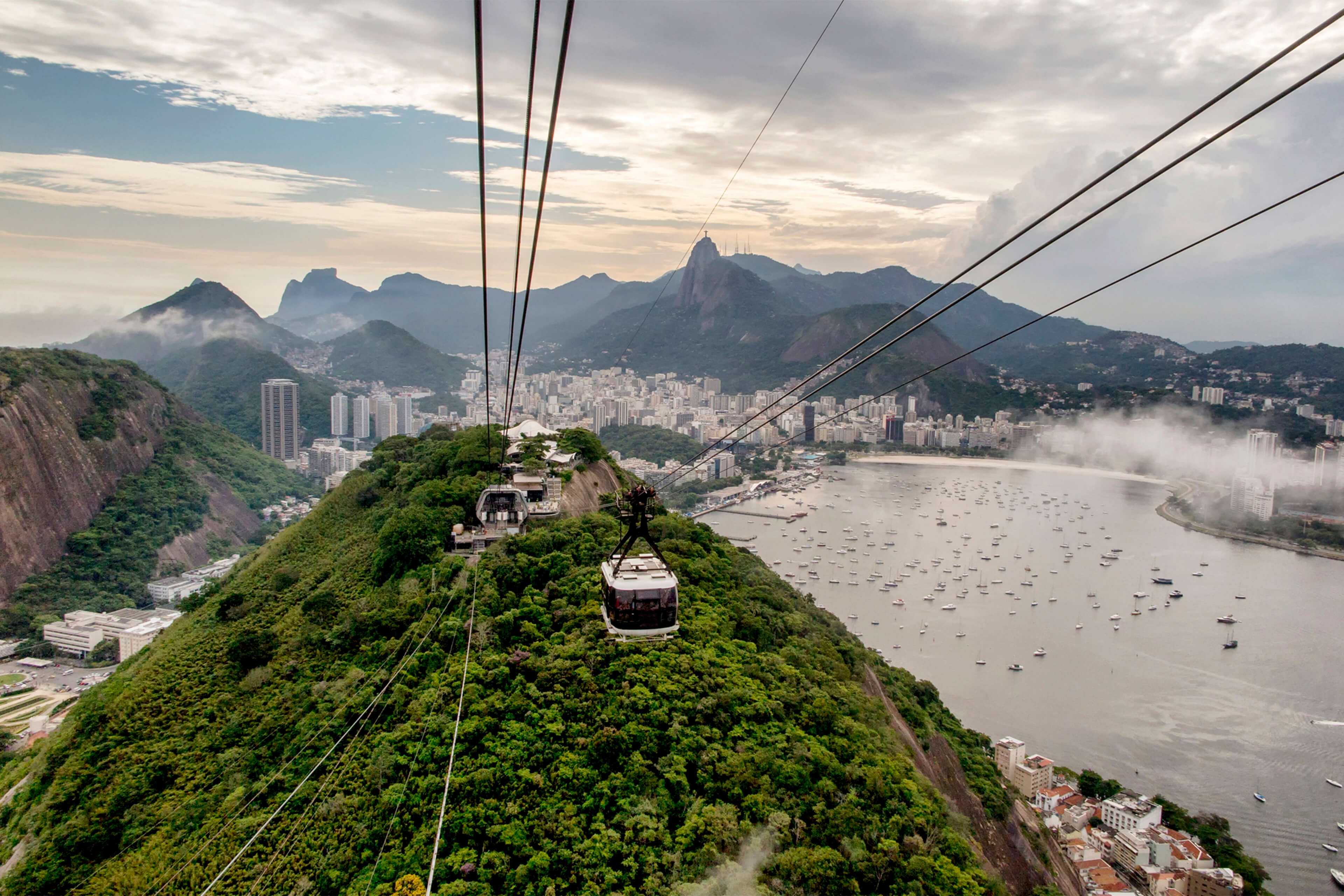
Government as an enabler…
Our report, Beyond Digital Disruption: policy action to grow digital entrepreneurship, suggests that governments can do a lot to help entrepreneurs and growing businesses. And, in doing so, can help cities’ economies provide the jobs and the amenities that their populations need. Wherever possible, governments should:
- Invest in the ecosystems and networks which provide skilled workers.
- Help build financing infrastructure which supports small firms and they can open up access to cross-border capital.
- Build the large-scale physical capital such as transport links, which helps cities to function.
…for businesses to help solve the problems
However, we see this very much as partnership. Entrepreneurs and businesses don’t just create wealth and jobs – they also play a huge part in solving the problems that many of our cities face.
Much urban pollution is created by vehicles and fossil fuels. The success of clean energy is down to both government initiatives and highly innovative businesses. Fossil fuels will be with us for a while but innovation (pdf), not legislation, will likely lead the way to where we go next.
Similarly, we can expect huge changes in transportation. Ride-sharing companies have already rewritten the rules of urban transportation once. It is very likely that, in the coming years, self-driving cars will do it again. This is likely to be far more fundamental and will result in less congestion and pollution and even strangely empty roads – as the average car spends 95% of its time parked.
With the Internet of Things (IoT) upon us, we are also going to see a second great wave of smartness as the objects that surround us become intelligent and networked. This is likely to change urban life at least as much as the original internet did. For smart cities and those who live and work in them it’s been an amazing 20 years - and the next 20 years is likely to be even more amazing.
EY World Entrepreneur of the Year 2017™ Forum convened the world's leading entrepreneurs and businesses to discuss how uncertainty can be seized to find the best opportunities for growth. Join the conversation by following #WEOY, #BetterQuestions, #GrowthBarometer and visiting betterworkingworld.ey.com.
Summary
In an ever more urban world, governments, businesses and entrepreneurs need to work together to address emerging challenges.


